Legalizing Marijuana in different states has increased its medical and legal use demands.
Due to the high demand for Marijuana, many investors are interested in starting Marijuana delivery businesses. But many don’t know the rules and regulations for starting a Marijuana business.
So, before starting a Marijuana app for your delivery business, you must be familiar with a few things that you need to get started.
Let’s begin!
The market size of the cannabis delivery business
Before you start, let’s check the market size of the Marijuana delivery business to help you understand why it is a good investment option.
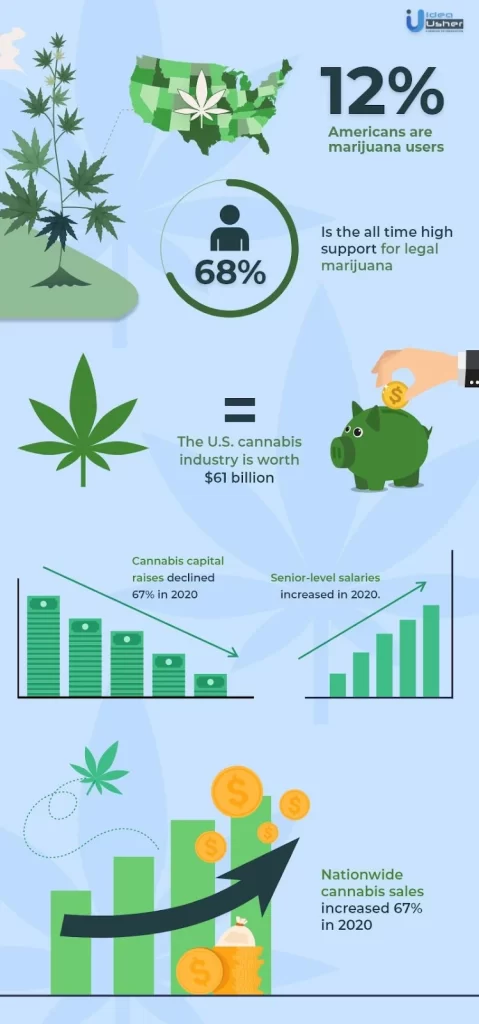
In 2022, the worldwide market for legal marijuana reached a valuation of USD 16.7 billion, and projections indicate a continuous growth trajectory with a compound annual growth rate (CAGR) of 25.4% anticipated from 2023 to 2030.
The market’s expansion is significantly influenced by the increasing demand for legal marijuana. Notably, numerous countries have recently embraced the legalization of medical marijuana as a therapeutic option for addressing diverse health conditions.
According to another report, it is anticipated to demonstrate a compound annual growth rate (CAGR) of 14.95% from 2023 to 2028; the market is poised to reach a substantial volume of US$102.90 billion by the year 2028.
Source – Statista
Now, let’s check five essential things for starting a Marijuana delivery business.
5 Things to know before starting Marijuana App Development
Here are a few things that you must consider while developing your app.
1. Legal License
You need a legal license to start your Marijuana delivery business. The regulation of Marijuana delivery services depends on the market regions where you want to operate.
Only some states in America allow Cannabis delivery for medical use, not for adult consumption. Therefore you need to verify all the permission and regulations in your locality before applying for a Marijuana business license.
Follow all the rules and regulations applied to your regions. After approval, you may need to provide proof that you have a massive amount of capital and no criminal records.
You can best contact your state’s lawyers to determine how you can qualify government authorities to start a Marijuana business on the safe side without facing any legal actions.
Moreover, you can join associations like the CIA (National Cannabis Industry Association). To stay updated with the latest updates in the Cannabis industry, you can hire a reasonable attorney for your business.
You can apply for your cannabis delivery license from any of these agencies:
I. Bureau of cannabis control
II. CalCannabis Cultivation Licensing
III. Manufactured cannabis safety branch
2. Audience targeting
Studying your buyers’ journey will help you to provide a great customer experience from your app. Also, you can do market research to target the best demographics.
You can interact with them on different social media platforms with your content, such as blogs and videos. Targeting the right audience will help you to attract a suitable user base to your platform.
3. Inventory tracking
Businesses need to keep a record of each user that has purchased Marijuana online. Also, companies must provide a receipt that includes the purchaser’s name, ID, address, delivery duration, and acknowledgment.
Many states limit the amount of Marijuana in each order, so make sure you will not accept orders above-restricted amounts that the government and authorities decide.
4. Regulations for drivers
Before starting your business, these are the regulations your drivers for delivery must oblige to:
- Every vehicle you use for Marijuana business must have an active GPS tracking audio system.
- Each driver must carry a business license copy, employee ID, and other important legal documents.
- You must record the details of every driver transaction in the system.
5. POS system
To provide an excellent Marijuana delivery experience, you may need to integrate specialized technology into your delivery service.
To ensure your business operates to state laws and regulations, you must use the Cannabis point of sale(POS).
By using POS, you can include the following features in your business:
I. Customer identity verification
Your app will be able to scan users’ documents such as ID cards, PAN cards, and other documents needed at the time of customer verification.
Moreover, you can enable the following features to your app:
- Auto transfer of scanned data
- Confirming policy that accepted by users
- Transmission of a digitally signed contract
II. Inventory tracking
Tracking inventory will help you to improve inventory management in multiple ways. Sellers registered on your platform can check when to order inventory and avoid buying too much when the stock is. The system will send them alerts while facing a shortage in their list.
III. Loyalty program integration
Integrating a loyalty program into your business will help you attract more customers to your company. Integrating customer loyalty programs will enable your business to track your customers’ activity and their transaction history and help you spot your most loyal customers to whom you can offer exclusive discounts and offers.
Adding different POS services to your app will help you to run a successful cannabis delivery business. Check the best options for a cannabis POS system you can use for your app.
Top 5 Best Marijuana POS system
Here’s the list of most recommended marijuana POS systems:
1. Biotrack
The platform has more than ten years of experience in operating POS systems in over 30 states in the USA. The platform offers multiple practical features that help them create a great point-of-sale system for Marijuana delivery.
Biotrack offers cloud-based and local hosting options for deployment.
Use Biotrack if you want to enjoy the following advantages such as:
- Feature-rich framework
- Operational in up to 38 states of the US
- Automatic discount and loyalty programs
- Best hardware integration
- Compliance reporting integration
2. Indica online POS
The POS was founded in 2011 and offers electronic medical records to provide mobile retail delivery services. The platform offers multiple features, including physician and patient verification, offline sales mod, and real-time updates.
Here are the following advantages of the POS:
- Integration with a barcode scanner, enabling bluetooth connectivity and expansion ports.
- Feature-rich platforms such as catalog hardware processing and top-tier delivery management system.
3. Leaflogix
Another best platform to run the cannabis business smoothly is Leafflogix. If you want to run a multi-level cannabis business, such as a manufacturing and dispensary, then this platform can be your good choice.
The software is operational in over 1500 locations across the USA.
The platform allows customers to customize their POS system by integrating it with other software such as QuickBooks, Leafly, BDS, Dutchie, and Springbig.
Their premium features will help you to support your entire Cannabis supply chain. You can use this platform if you want to get the following advantages.
- Seamless and easy integration features
- Integration with multiple software
- Offering customer support such as live chat, phone, and email support.
4. Blaze
Blaze stands out as a widely acclaimed cannabis POS solution for retailers, dispensaries, and seed-to-sale tracking across the United States. Following its 2022 acquisition of Greenline, Blaze has positioned itself as one of the rare systems available in both the US and Canada. The platform has expanded its omnichannel capabilities through strategic moves such as acquiring Tymber (a cannabis POS software for ecommerce), direct integration with Leafly (an online seed-to-sale tracking and distribution platform), and the introduction of Blaze Ecom (a proprietary ecommerce platform).
In a recent development, Blaze introduced its integrated payment processing service, BlazePay, catering to most states where legal cannabis sales are conducted. However, a notable drawback is the absence of disclosed pricing, though third-party sources suggest a starting monthly fee of $500.
You can use this platform if you want:
- Comprehensive cannabis POS system
- Compatible with iOS and Android platforms
- Offers complete training and onboarding services
5. Cova
Cova originated in Canada, where it earned widespread acclaim from numerous cannabis merchants for its dependable, stable, and easily navigable software. The system has expanded its reach to 17 states in America, gaining recognition for robust compliance features, including automated reports and a programmable store hours function for operational compliance.
We also appreciate Cova’s approach of offering a base subscription plan, seemingly more cost-effective than Blaze and inclusive of SpringBig for compliant customer relationship management (CRM) tools. However, it’s important to note that the software is exclusively compatible with Android systems. Additionally, e-commerce tools and seed-to-sale tracking are considered add-on features unless you opt for a custom plan.
You can use this platform if you want advantages like:
- Recognized for reliable reporting and tracking compliance
- Integration with most payment processors
- 24/7 live chat and phone support
Include the following features in your application to provide a great user experience and make significant profits.
Must-have features for your Marijuana application
Your Cannabis delivery app provides different UI and features for different types of app users, such as buyers, sellers, delivery partners, and you or the admin to whom you will sell your app.
Check out the features for all types of users.
1. Features for buyers’ panel
For Marijuana buyers, you can offer the following features given below:
I. Registration and identity verification
The buyers must sign into your app via their phone number, email address, and social media profiles such as Facebook and Twitter ID. Also, for user verification, they may need to upload their doctor’s receipt for purchasing Marijuana for medical use. You can use ID.me SDK to offer a physician identity verification solution.
II. Shopping cart
Users need a place where they can save all their products for purchase.
In the shopping cart, you can provide detailed information, such as the total pricing of all the items, and provide access for buyers to add or remove items from their shopping cart.
III. Product search and filters
There are different kinds of Marijuana available in the market.
You can add a product search and filter feature to allow users to apply a range of filters to exclude unnecessary items from their search results.
IV. In-app payment
To allow users to pay straight from your app, you can integrate a built-in payment gateway available in the market.
However, we suggest you integrate Stripe as a payment solution for your platform.
V. GPS order tracking
Integrate maps to allow buyers to track their orders on the integrated map. For a better geolocation solution, we suggest you use Google Map SDK.
The Google Maps solution has proved the best for GPS order tracking compared to other alternatives available in the market.
2. Features for sellers’ panel
Merchants and business partners who are going to sell Marijuana from your app can access the following features from your app.
Ensure to include only verified merchants who have submitted their legal license for Cannabis or Marijuana distribution.
Have a look at the following features for the Marijuana distributor on your app:
I. Profile
In the profile section, the seller can edit company-related information such as company address, description, contact info, photos, preferred payment methods, etc.
II. Product catalog
By integrating the product catalog, the user can give detailed information about the product they will list on your apps, such as photos, categories, legal usage, etc.
3. Features for driver panel
Drivers for delivery partners will work as middle men between buyers and sellers. There will be another section for verification where each driver will submit their legal documents, purchase the driving license address of their residence, and other legal papers.
Check the features that you will need for the driver in your app.
I. Profile
In this section, the courier and delivery companies can edit their personal information like phone numbers, email addresses, names, bank account details, etc.
II. Task
Drivers can receive new orders and manage them from your app. The task will contain order details, including delivery route, arrival status, and completion of order delivery.
Your delivery partner will be able to handle all the orders of your customers from this section.
III. Maps and navigation
Integrating maps and navigation will help the driver to find and locate the exact location of the customer’s address. Moreover, the map feature will allow drivers to choose the shortest route possible to ensure they have delivered the order to the customers.
Also, you can include estimated time and distance features between starting and ending points to help the driver choose the shortest route based on estimated time and distance.
4. Features for app admins
As an app owner, you will access the following features to handle your Marijuana delivery business from the app.
Explore all the features that you will need for managing and handling your business:
I. Dashboard
The dashboard will help you to view user activity in real-time. The dashboard will show you the number of active orders and the drivers’ details to deliver orders to your customer.
Also, you can track the total amount of payment process via your app from the dashboard.
II. User management
The section will help you to receive documents of new users that have recently registered with your application. The section will help you check all the users’ records so you can verify each user to join your platform.
Moreover, the section will help you track the order history of your users to make your business legally safe by blocking suspicious users trying to perform illegal operations on your app.
III. Product management
It will help you manage the merchants’ catalog, and you will get access to edit information and images of different products. Also, you can add and delete product catalogs and categories on your app.
IV. Order management
The section will help you get information about the order, such as pending and ready-to-pick orders from delivery partners. Admin will get updates from drivers on the completed order and payment status of each order.
Here are the development steps that you can follow while developing your application.
Marijuana app building steps
Follow the development steps to get started with your Marijuana delivery app business.
1. Market research and implementing regulations
Ensure that the market that you are targeting is profitable. However, the future of the cannabis delivery business is very bright. Still, you may need to target the right audience demographics for your Marijuana delivery business.
Right now, there are some strict regulations for delivering this herb. You can avoid legal issues by focusing on getting permission and official government documents for running your delivery business.
Reach the following agencies for your license and business regulation:
I. Bureau of cannabis control
This is one of the main agencies for getting a commercial Cannabis license for your business. You will be able to get a license from this agency only if you prove that you are going to trade cannabis only for medical and legal use. The agency offers its license to certain businesses, such as:
- Retailers
- Distributors
- Testing labs
- Micro businesses
II. CalCannabis Cultivation Licensing
The agency is responsible for licensing businesses that cultivate cannabis for medical and adult use. This licensing agency is a subdivision of the California Department of Food and Agriculture (CDFA).
III. Manufactured cannabis safety branch
The agency focuses on providing licenses to businesses that sell cannabis-infused edibles for medical and non-medical use. This agency comes under the department of CDPH, which stands for California Department of Public Health.
2. Deciding app revenue model
You can perform A/B testing to determine which revenue model works best for your business to continue with that revenue model on a large scale.
Monetization Strategy For A Cannabis Mobile App
Here are some suggested ways you could use to generate additional profit from your Cannabis Mobile App:
I. Transaction Fees on Orders
Facilitate seamless transactions by implementing a transparent fee structure on every cannabis product order made through the app. By charging vendors a percentage-based transaction fee, you not only streamline the payment process but also generate revenue effortlessly.
II. Paid Promotions for Cannabis Vendors
Elevate vendor visibility and drive sales through a premium promotional platform. Charge cannabis vendors for featured listings, providing them with a strategic avenue to showcase their products to a broader audience within the app.
III. Cannabis-Related Product Advertisements
Capitalize on the thriving cannabis market by strategically running advertisements for related products. Offer prime advertising spaces to businesses involved in cannabis accessories, CBD products, and other relevant segments, creating a mutually beneficial promotional avenue.
IV. Subscription Plans with Exclusive Features
Embrace a freemium model to attract users, allowing them to download the app for free and access basic features. Introduce subscription plans offering exclusive functionalities, such as personalized strain recommendations or in-app consultations with cannabis experts. Users can subscribe on a recurring basis, ensuring a steady flow of revenue for premium offerings.
V. In-App Consultations and Recommendations
Monetize expertise by providing in-app consultations with certified cannabis professionals. Charge users for personalized strain recommendations, dosage guidance, and cannabis-related health consultations, offering a valuable service within the app.
VI. Virtual Events and Webinars
Host exclusive virtual events and webinars on cannabis-related topics, featuring industry experts. Charge users for access to these valuable insights and networking opportunities, creating an additional revenue stream while enhancing user engagement.
VII. Data Insights and Analytics Services
Provide cannabis vendors and businesses with access to anonymized user data and analytics. Monetize data insights by delivering valuable market trends, customer preferences, and product performance analytics, establishing your app as an indispensable resource for industry intelligence.
VIII. Affiliate Marketing Programs
Forge partnerships with cannabis-related businesses and implement an affiliate marketing program. Earn commissions by promoting affiliate products and services within the app, fostering collaboration and boosting revenue.
IX. Premium Content and Educational Resources
Develop a library of premium educational content, including in-depth articles, videos, and tutorials. Charge users for access to this exclusive content, positioning your app as a go-to source for comprehensive cannabis education.
X. Interactive Gamification and Loyalty Programs
Enhance user engagement through gamification elements and loyalty programs. Users can actively participate in the app, earning rewards, discounts, or exclusive content, thereby fostering loyalty and creating opportunities for monetization.
3. UI development
After figuring out the business model and finding the right target audience for your business, you can go for app development.
Decide on the visuals and looks of your app. However, ensure your app’s user interface is appealing enough for a great user experience.
To avoid app publishing issues, you must follow and implement design guidelines for different publishing platforms. App prototype will help you understand how your app will look in real life. Also, you can make modifications for its improvement.
4. App programming
Once you have completed the app design, you can perform backend programming to make your app fully functional by integrating the backend part into the frontend part of your app.
Focus on creating and integrating the necessary SDK and POS for your Marijuana delivery app. Design an MVP of your app that will contain only minimal features important for running your business.
Later you can add and remove features from your app based on the feedback and suggestions of your app users.
5. App testing
Once you have completed the app design, you can perform backend programming to make your app fully functional by integrating the backend part into the frontend part of your app. Here are some technical aspects to consider:
I. Backend Integration
This involves setting up servers, databases, and APIs. You might use technologies like Node.js for server-side operations, MongoDB for database, and Express.js for routing and middleware.
II. SDK and POS Integration
Software Development Kits (SDKs) provide pre-written code to help with specific functionalities, like payment processing or user analytics. Point of Sale (POS) systems handle transactions between your app and the user. You might use SDKs like Stripe for payments and Firebase for user analytics.
III. MVP Design
A Minimum Viable Product (MVP) is a version of your app with just enough features to be usable. This allows you to test your app in the real market with minimal resources. You might start with essential features like user registration, product listing, and order placement.
IV. Iterative Development
After launching your MVP, gather user feedback and use it to improve your app. This might involve adding new features, removing unnecessary ones, or improving existing ones.
Later you can add and remove features from your app based on the feedback and suggestions of your app users.
5. App testing
The app testing is the stage where you will test your app multiple times to figure out any technical issues and bugs in your app. Moreover, the app testing will also help you to experience how your users will feel while using your app.
6. App publishing
Your Marijuana delivery app is now ready to launch, and you can list them on your preferred mobile platforms, Android or iOS. You must follow the app publishing guidelines for both platforms before launching your app. Here are some steps to consider:
I. Prepare Store Listing
This includes writing a compelling app description, taking screenshots, and creating a promotional video.
II. Follow Platform Guidelines
Both Android and iOS have specific guidelines for app submission. Make sure your app complies with these to avoid rejection.
III. Choose a Pricing Model
Decide whether your app will be free, paid, or freemium (free with in-app purchases).
IV. Submit for Review
Once everything is ready, submit your app for review. The review process can take a few days, so be patient.
Tech Stack required for the development of a Marijuana Delivery App
Here’s the tech stack for the development of a Marijuana Delivery App you may need:
| Component | Technology/Framework |
| Frontend Development | React Native |
| Backend Development | Node.js |
| Database | MongoDB |
| Server | Express.js |
| Cloud Storage | Amazon S3 |
| Real-time Communication | Socket.io |
| Authentication | Firebase Authentication |
| Payment Gateway | Stripe |
| Geolocation Services | Google Maps API |
| Push Notifications | Firebase Cloud Messaging (FCM) |
| Version Control | Git |
| Containerization | Docker |
| Continuous Integration | Jenkins |
| Monitoring & Analytics | Google Analytics |
| Security | SSL/TLS Encryption |
Case Study: Opening Opportunities in New Jersey’s Cannabis Industry
In a groundbreaking move, the New Jersey Cannabis Regulatory Commission (CRC) is set to open applications for cannabis wholesale, distribution, and delivery service licenses, ushering in a new era of opportunities for entrepreneurs in the cannabis sector. This development, finalized earlier this year, introduces three distinct license types, each catering to different facets of the cannabis supply chain.
The application process unfolds in phases, with social equity businesses enjoying priority review and approval from September 27 to December 26, 2023. This initial window aims to provide equitable opportunities for underrepresented groups within the industry. Following this, diversely owned businesses, classified as certified minority-, woman-, and disabled veteran-owned, as well as social equity businesses, have until March 24, 2024, to submit their applications.
From March 27, 2024, the application process will open to all other interested parties, marking a pivotal moment in the expansion and diversification of New Jersey’s cannabis landscape.
New License Types:
- Class 3 Cannabis Wholesale: Enables license holders to store, buy, and sell bulk cannabis and cannabis products.
- Class 4 Cannabis Distribution: Allows the transportation of bulk cannabis and cannabis products between cultivators, manufacturers, and retailers within New Jersey.
- Class 6 Cannabis Delivery: Authorizes the transportation of retail-purchased cannabis and cannabis products directly to consumers.
CRC Chair Dianna Houenou emphasizes the significance of these new license classes, describing them as a “significant step in the continued growth and diversification of New Jersey’s cannabis industry.” She underscores the commitment to inclusivity, community empowerment, and providing opportunities for underrepresented individuals entering the cannabis market.
Executive Director Jeff Brown echoes these sentiments, highlighting the imminent opening of applications for delivery services, wholesalers, and distributors as a means to enhance New Jersey’s cannabis market’s ability to serve consumers effectively. Brown encourages potential applicants to participate in a scheduled webinar on September 14, offering insights into the application process, eligibility criteria, and navigating the application portal.
With nearly 1,800 cure letters notifying applicants of deficiencies from the 2,014 applications received as of August 2023, the CRC aims to streamline the process and minimize hurdles for interested parties. As New Jersey’s cannabis market evolves, these new license types signal a transformative phase, fostering growth, diversity, and inclusivity in the burgeoning cannabis industry.
Start building your cannabis delivery app
The increased awareness about the positive effects of Marijuana among consumers has uncovered several business opportunities for entrepreneurs. Said that it is emerging as a new market for investments. Thus, now seems the perfect time to start your Marijuana delivery app when the market isn’t that crowded.
However, app development by an individual will take a lot of effort and time to build and publish the Marijuana app.
Outsourcing your app to the best app development company can be your best decision to launch your business with a great success rate quickly.
Contact Idea Usher if you are thinking of hiring the best team developers for your Marijuana delivery application project.
Email:
Phone:
Work with Ex-MAANG developers to build next-gen apps schedule your consultation now
FAQ
1. How to monetize a cannabis mobile app?
You can monetize your app in the following ways:
- Platform commissions
- App subscription
- Affiliate marketing
2. How to build a Marijuana delivery application?
Follow the given development steps to build an application.
- Do market research
- Decide your app revenue
- Make your app’s UI
- App programming
- Do app testing
- Publish your app
3. What are the 5 things to know before starting a marijuana app?
Here are some important things that you need to know:
- Legalize your business
- Properly target your audience
- Track your inventory
- Follow all the legal guidelines for your delivery drivers
- Integrate Cannabis point of sale(POS)
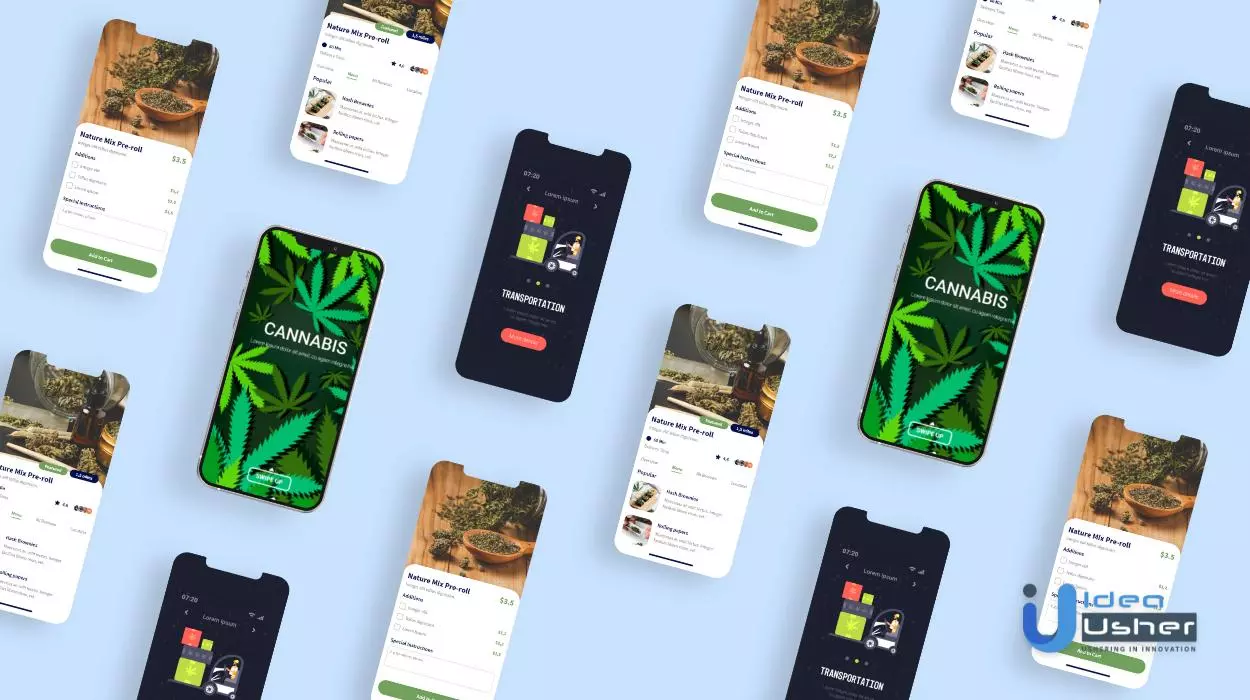












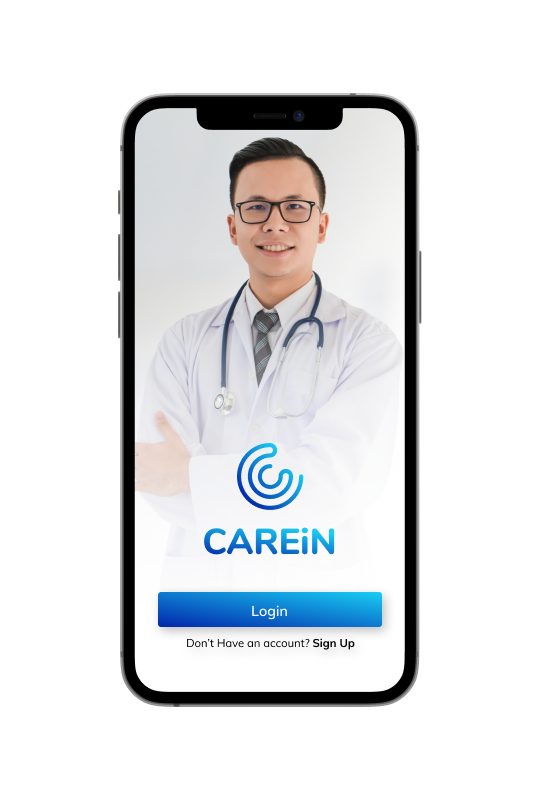
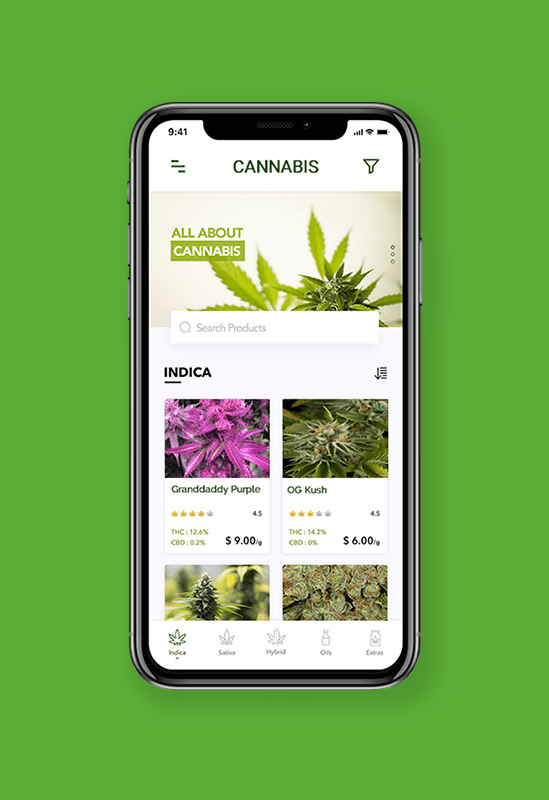

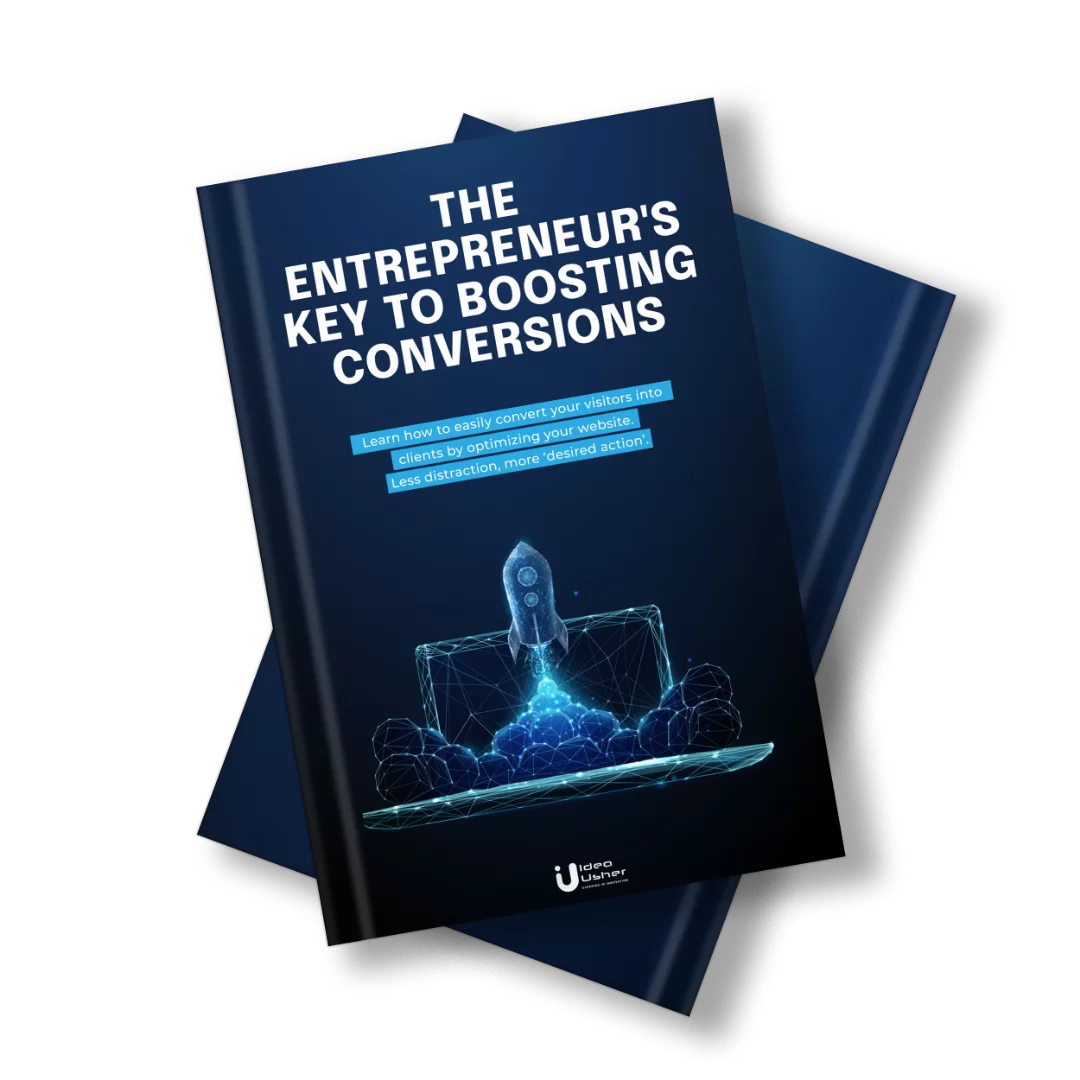
 Can I help you?
Can I help you?